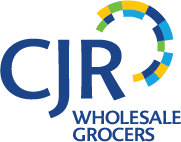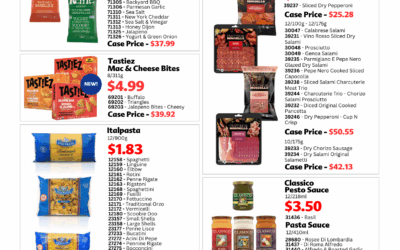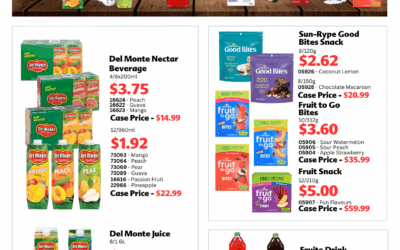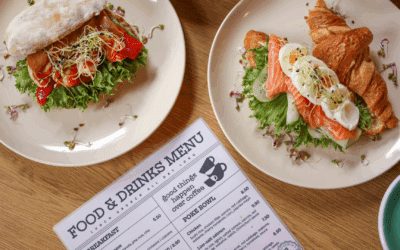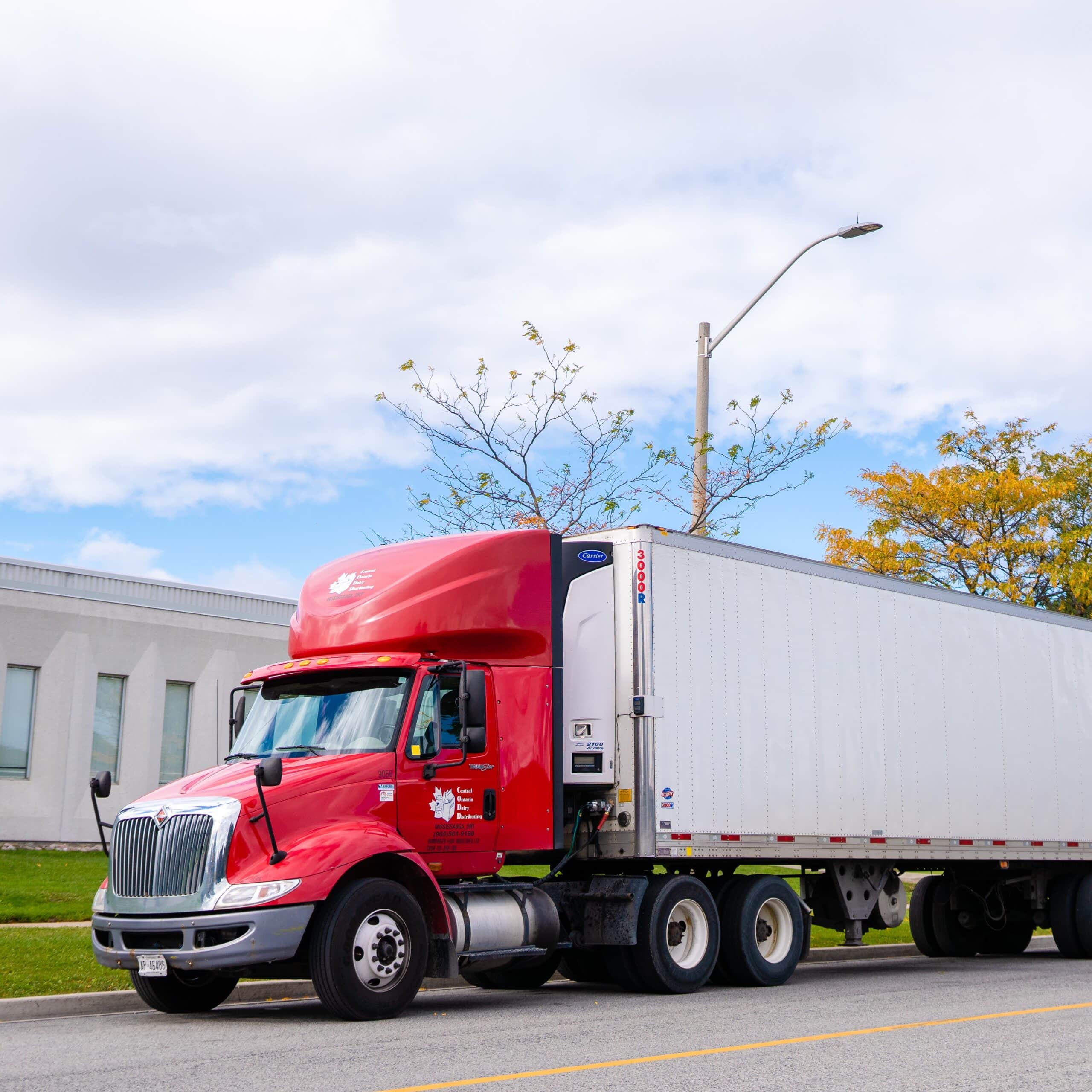Restaurant management can be difficult when you’re trying to keep food costs under control. This is an important step for maintaining profitability and sustainability that we suggest you NEVER skip. From inventory management to menu engineering, every aspect of your operation plays a role in managing costs effectively. In this blog post we’ll explore ten proven strategies to help you reduce food costs in your restaurant without compromising on quality or customer satisfaction.
Optimize Inventory Management
Efficient inventory management is the cornerstone of cost control in the restaurant industry. By keeping track of your inventory levels, minimizing waste, and optimizing ordering practices, you can ensure that you have the right amount of ingredients on hand while avoiding excess inventory.
Embrace Seasonal and Local Ingredients
Seasonal and locally sourced ingredients are not only fresher and more flavorful but also more cost-effective. By designing your menu around seasonal produce and forging partnerships with local suppliers, you can reduce transportation costs and support the local economy.
Implement Portion Control Measures
Controlling portion sizes is key to minimizing food waste and maximizing profitability. Train your staff to portion ingredients accurately and consistently, and consider offering different portion sizes to accommodate varying appetites and budgets.
Reduce Menu Complexity
Streamlining your menu can help you cut costs by simplifying operations, reducing waste, and minimizing the number of ingredients you need to keep on hand. Focus on your most popular dishes and eliminate low-margin items that don’t contribute significantly to your bottom line.
Negotiate with Suppliers
Building strong relationships with your suppliers can help you negotiate better prices, terms, and discounts. Take the time to research different suppliers, compare prices, and negotiate favorable terms to get the best value for your money.
Invest in Staff Training
Well-trained staff can help you minimize food waste, maximize efficiency, and maintain quality standards. Provide ongoing training and education for your kitchen and serving staff to ensure that they understand the importance of cost control and are equipped with the skills and knowledge they need to succeed.
Monitor Food Waste
Tracking and analyzing food waste can help you identify areas for improvement and implement targeted strategies to reduce waste. Implement waste tracking systems, conduct regular waste audits, and involve your staff in brainstorming solutions to minimize waste and maximize efficiency.
Embrace Technology
Harness the power of technology to streamline your operations and reduce costs. From inventory management software to point-of-sale systems, there are many tools available to help you automate tasks, optimize processes, and track key metrics to improve efficiency and profitability.
Optimize Menu Engineering
Menu engineering involves strategically pricing and positioning menu items to maximize profitability. Analyze sales data, cost of goods sold, and customer preferences to identify high-margin items, promote profitable dishes, and optimize your menu mix for maximum profitability.
Monitor and Adjust
Finally, regularly monitor your food costs, analyze key performance indicators, and adjust your strategies as needed to stay on track. By staying vigilant and proactive, you can identify trends, address issues, and continually improve your cost control efforts over time.
Reducing food costs in your restaurant requires a comprehensive and proactive approach that encompasses every aspect of your operation. By implementing these ten proven strategies, you can minimize waste, optimize efficiency, and maximize profitability, ensuring the long-term success of your restaurant!
